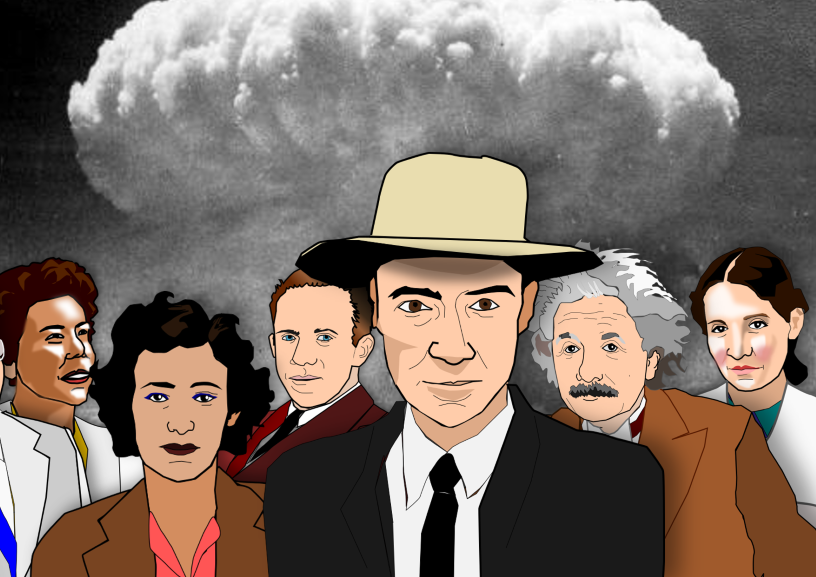Peace Education Network offers free lessons on Oppenheimer’s legacy as new film released
To mark the release of the new Oppenheimer film, Quakers in Britain and the Peace Education Network (PEN) have released lessons examining the legacy of early atomic scientists.

The two lessons will support secondary school teachers, most of who believe students should learn the humanitarian consequences of using nuclear weapons according to a recent survey.
The film follows the rise and fall of J. Robert Oppenheimer who organized the building and testing of the world's first atomic bomb in Los Alamos in July 1945.
Shortly after, nuclear weapons were used by the USA to destroy Hiroshima and Nagasaki, killing around 200,000.
Many survivors faced leukemia, or other terrible side effects from the radiation, and the world was left battling the proliferation of weapons which could destroy all life.
More than 90 per cent of teachers do not agree that nuclear disarmament education is too political to be taught, the survey from the Nuclear Education Trust found.
The lessons from Scientists for Global Responsibility (SGR) combine science and citizenship and ask secondary school students what atomic scientists in the first half of the 20th century wanted to happen.
As the Doomsday Clock sits at 90 seconds to midnight, or “a time of unprecedented danger", students are asked to evaluate the choices these scientists made.
The free lessons are part of Teach Peace Secondary, a pack compiled and designed by Quakers in Britain on behalf of PEN. Fifty-plus lessons will be released in full in the autumn.
Linked to English, Welsh and Scottish curricula, the Atomic Scientists lesson explores the knowledge, skills and values of peacebuilding.
Through the lives of Oppenheimer and his contemporaries, the first lesson examines the great strides they were making, from how atoms were structured to whether the atom could be split.
Learners can then examine the legacy of the Manhattan Project and the arms race which followed with SGR's Nuclear Weapons, a beginner's guide to the threats.
They will look at what the use of a nuclear weapon would mean and the issues it raises for scientists and society in the 21st century.
SGR promotes ethical science, design, and technology, and PEN, of which it's a member, brings together people and organizations committed to building a culture of peace and nonviolence.
Teachers will be able to continue the learning journey, using resources from CND Peace Education, War Child, Quakers and others.